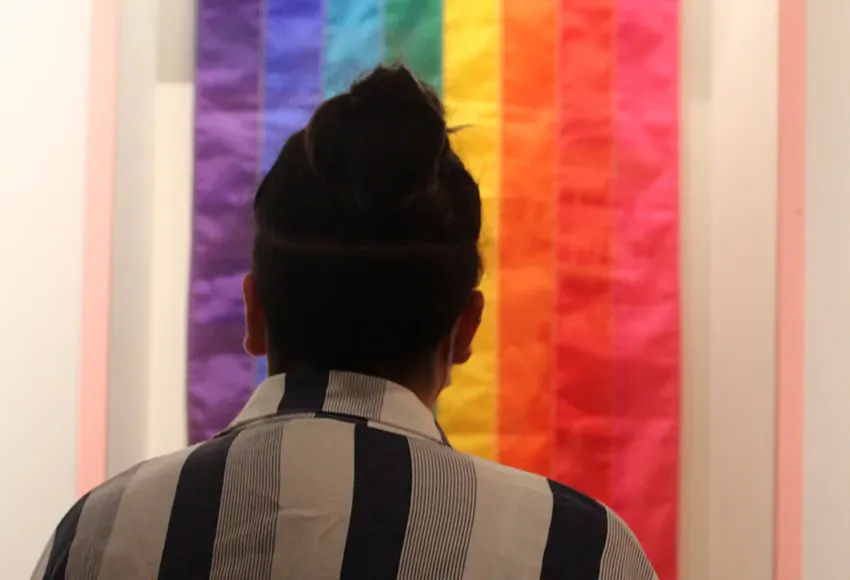It was the night that changed everything. On June 28, 1969, Greenwich Village witnessed an uproar led by Trans women of color.
Brave people who had had enough of the authorities telling them who they could and couldn't be, what they could and couldn't wear, and who they could and couldn't love, rioted against the police who were raiding the Stonewall Inn.
For nearly a week, LGBTQ folks and allies gathered, protested, and rioted against the police, against sodomy laws, and against a country that wanted to keep them in the closet.
Now, over fifty years later, Seattle's Museum of Pop Culture is paying homage to those brave people with its new exhibit, "Rise Up: Stonewall and the LGBTQ Rights Movement," in which patrons are taken on a journey through history, exploring the work of activists and groundbreaking figures who led the fight for LGBTQ rights.
Today, in 2021, it can be easy to forget the battles that were fought for equality, and it can be even easier to forget that many of those battles were very recent. Upon entering the exhibit, visitors encounter a wall detailing the fight for LGBTQ rights in the US military. At the top, patrons can read all about the "Don't Ask, Don't Tell," policies of the '90s, a policy wherein homosexuality was not to be discussed. For younger members of the community, this might sound archaic, more like a history lesson than a lived experience, but as the wall continues, patrons are met with much more recent fights.
Donald Trump's tweets litter the base of the wall like discarded garbage, relics from before the disgraced former president was banned from Twitter, detailing his ban on Transgender people joining the military (the ban was lifted by President Biden). The inclusion of such recent events reminds viewers that the fight is not over – the movement continues.
Headlines line the walls as patrons continue through the exhibit, and reports from major newspapers document celebrations, like the first Pride marches, and tragedies, like the assassination of Harvey Milk, the first openly Gay elected official in the United States. An original Pride flag – including teal and fuchsia stripes – hangs in a glass case, reminding viewers of the meaning behind each colorful stripe.
In stark contrast to objects that might be seen as artifacts sits the suit of James Obergefell, the man behind the Supreme Court case that legalized same sex marriage. The suit and headline serve as a reminder that not even a decade ago, same-sex couples could not marry legally in all fifty states.
Near the end of the exhibit, images of iconic Seattle Queer icons line the walls. Everyone from US soccer star Megan Rapinoe to drag queen extraordinaire Jinkx Monsoon smiles at passersby, while black-and-white signs hang from the rafters, some old messages from the riots of the '60s, others modern celebrations from today's Pride marches.
As I walked through the exhibit, I saw much of what I expected: relics from a time my parents don't even remember, colorful photos of Pride celebrations, and stories of icons. What I didn't expect to see were the reminders of all the recent battles, the attacks made every day on the rights of Trans and nonbinary people, and the accounts of couples who had to fight tooth and nail to get married – couples who haven't yet celebrated an eighth anniversary.
MoPop's exhibit is a breathtaking array of the vibrant and painful history of the LGBTQ rights movement, and it reminds us, yet again, that history is still in the making. It's a timeline of an era that has yet to conclude.


